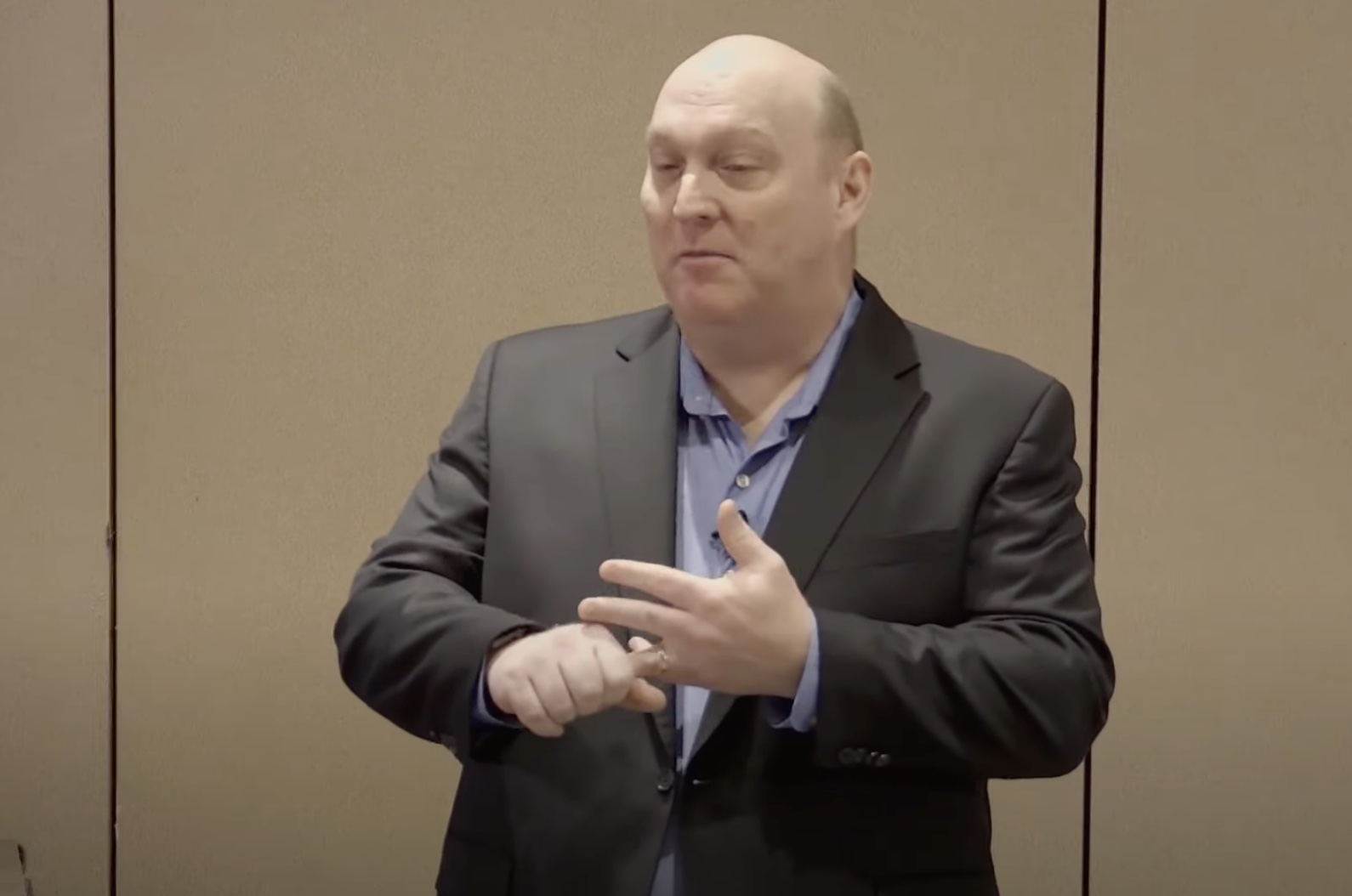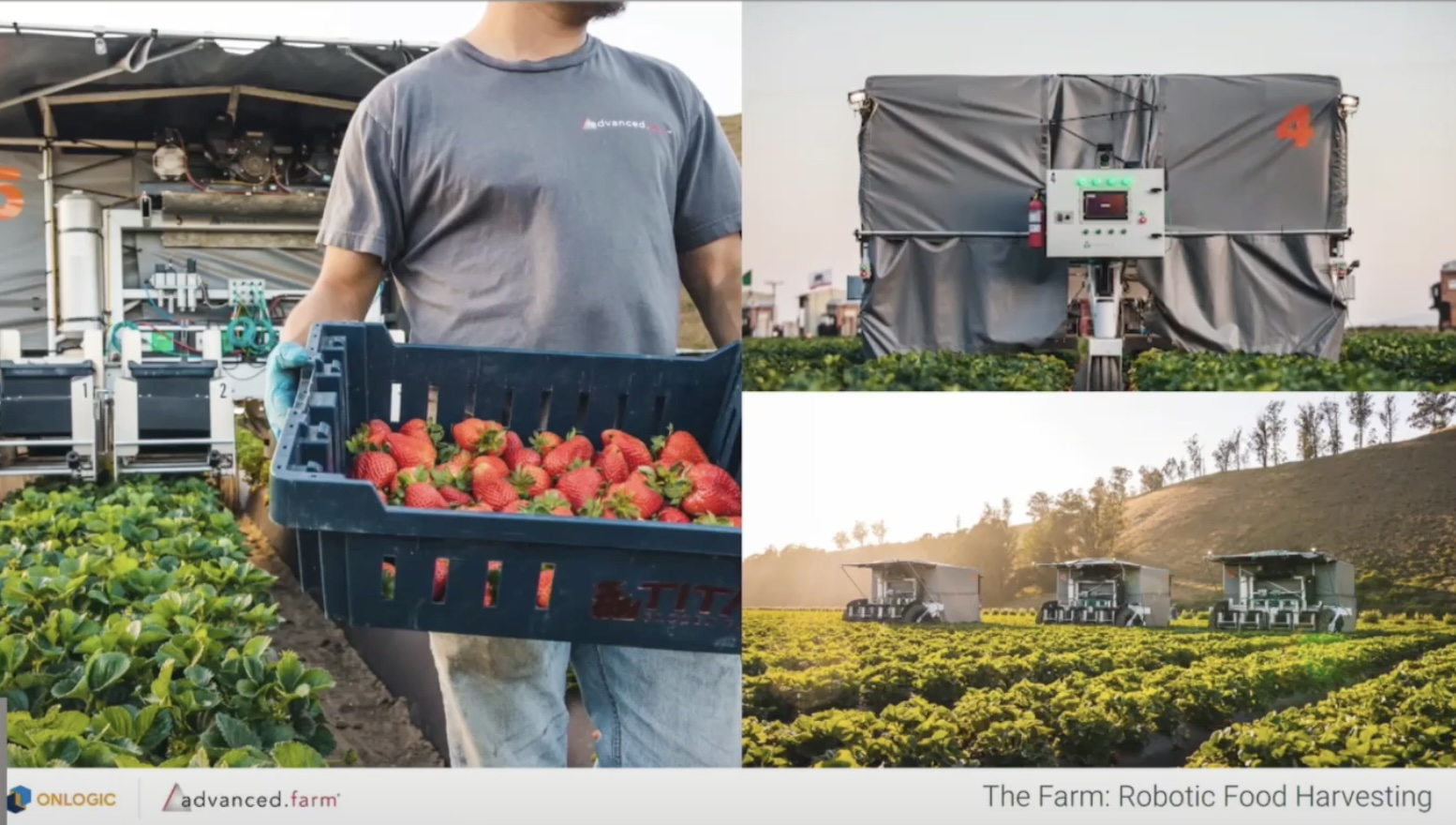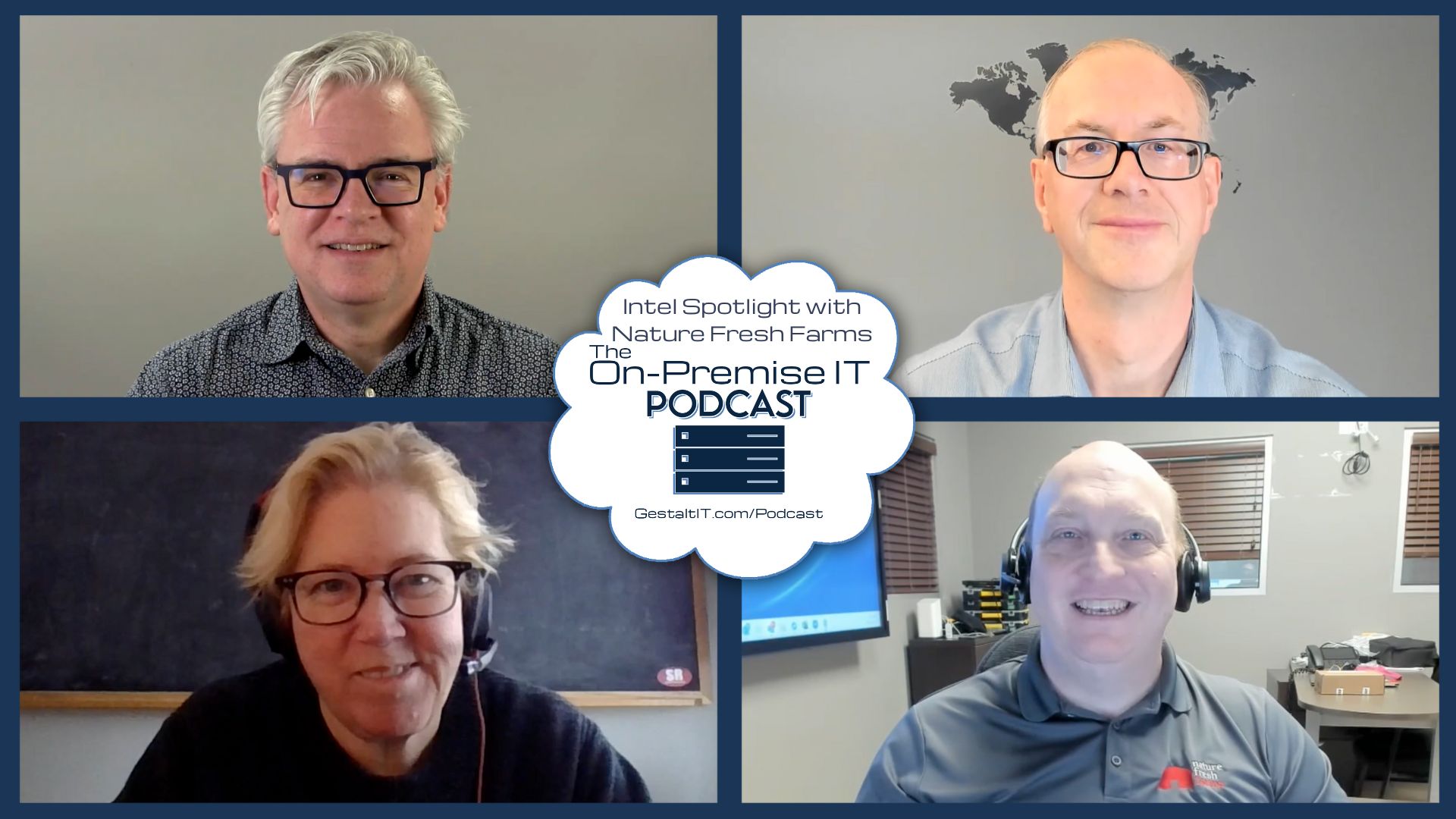Artificial intelligence is restyling one of the oldest jobs of mankind – farming. A growing presence of robots in the fields, and access to AI-based discovery and prediction, are driving farmers away from traditional farming towards precision agriculture.
One of the companies at the helm of this quiet transition is Nature Fresh Farms. Established in Leamington, Ontario in 1999, Nature Fresh Farms is one of the largest greenhouse farms in North America.
The farm sprawls over 250 acres of land. Organic peppers, berries, tomatoes and cucumbers grow in rows in the controlled environment of enormous hothouses. Keith Bradley, VP of IT and Security for Nature Fresh Farms, gave a presentation at the recent AI Field Day event, revealing the behind-the-scenes workings.
Controlled Environment Agriculture
Lately, the farming industry has survived several tough years in a row. Yields were devastated by unpredictable weather patterns involving record number of droughts and hard freezes, crop diseases, seasonal cycles, environmental problems, and labor shortage. This has turned many farmers and growers towards more intensive forms of agriculture.
Nature Fresh Farms is a passionate advocate of artificial intelligence for farming. Over the last 8 years, the farm has vigorously employed AI solutions to surmount many daunting challenges, and the outcome has been nothing short of satisfactory.
Little by little, Nature Fresh Farms has changed the way they do things, and think about the business in a whole new way through strategic adoption of AI.
“We are constantly looking at new ways to understand what the plant does,” says Bradley.
NFF’s computerized plant lifecycle management is based off of a private, Intel-based infrastructure.
Real-World Data for Better Farming Practices
Greenhouse farming is a comprehensive rethinking of traditional farming as we know it. Eliminating the natural factors like sunlight and weather, by bringing the farm indoors is an impactful change. But for maximum payoff, farmers need constant monitoring of the vegetation growth.
This prompted using real-world data gathered from the farm. The Nature Fresh Farms greenhouses are installed with an assortment of edge sensors pointing down and looking closely at the vegetation. The data they pick up is computed locally at the edge points. The information is hauled back nightly to a core datacenter where insights are inferred on a varying range of things – use of natural resources, irrigation level, yield measurement, growth forecast, ideal harvest times, ripeness, distressed crops, plant infections, and so on. Data is synced up every hour for most updated information, says Bradley.
Nature Fresh Farms updates and tweaks its farming and harvesting plans based on this data several times a year. Today the farm grows more high-quality produce per square meter than ever before.
“Every year we want to see an increase in yield. We measure everything by per meter square, and one of the big things that [technology] did for us is, we are seeing a good trend at a three or four increase per year. Think about the same plants growing more produce in the same space, and using the same amount of resources.”
A Xeon-Based Tech Stack to Power the Models
“We’ve gained a lot of knowledge because we have the infrastructure to handle things,” he says talking about the technological changes it has embraced over the years. “We’re one of the few greenhouses that are going for a large infrastructure.”
At the outset, Nature Fresh Farms’ in-house stack comprised a 3-core cluster that used Intel Xeon Gen2 processors. But, soon they realized that for a farm its kind and size, uptime is mission-critical. “An hour or two of downtime on the wrong day is too much. We could lose a crop in that window and it could cost us millions of dollars in damage.”
Need for more compute was felt, and the stack was updated with newer generations of Xeon CPUs. The performance gains were staggering, says Bradley.
“Each time we add nodes, we see a direct reduction. One of the ETLs that we run on our labor side compares how efficiently the labor is working. Earlier it would take 3 hours to run. With the latest generation, it is down to 30 minutes.”
Today, Nature Fresh Farms has 32 AI models of which a majority is home-grown on its private stack, and some borrowed from external vendors. With sizes ranging from 4 GB to 32 GB, the models are deployed on a 7-node cluster, of which two are dual-core 4th Gen Intel Xeon CPUs.
Cloud is not an option for farming companies. “Because most farms in our industry don’t have an Internet connection that can handle cloud-type resource, we have to be on prem or it won’t work for us,” he explains. “We have the compute, and the storage, so we don’t have to go to the cloud,” he adds.
Leveraging AI for Higher-Value Yields
Nature Fresh Farms relies on a network of growers and their extensive farming knowledge and expertise. But working in different parts of the acreage, their knowledge is often siloed. The company uses its large language models to bring all the information together and provide the team a holistic view required to plan a response.
“We have multiple facilities where growers won’t see each other for weeks but once that data is in the system and that model is there, it’ll now know how to react.”
The models are retrained periodically to keep the predictions and calculations as close to accurate as possible. “It gives us an accurate forecast for what the sales department needs to sell, so that we’re not overselling. The farther away it is, the harder it is to predict but when we get closer, we know pretty accurately how many boxes of strawberries we’re going to pick, how much weight, what grade, etc.”

Inferencing is a big part of their AI workload. “One of the areas that we do a lot of inferencing with pictures is on the packing lines. There are multiple things that we got out of doing that that we never realized.”
Through a vision system, the models sort produces based on grade and maturity, a function that has helped maximize shelf-life by putting yields of the equal ripeness together.
“Vision actually looks at the vegetables, takes pictures as they are rolling in, and decides which chute it should go down.”
Nature Fresh Farms is slowly transitioning towards Kubernetes as a way to modernize some of the older models. “We’re trying to start getting rid of older models, and groom and grow them. Refining these models is one of the things our team always strives to do,” Bradley says.
Are CPUs going to be sufficient as operation scales, or are GPUs on the horizon, we asked. “I’ll probably say no. For our scale and size, we’re not at that point that we really need it,” replies Bradley.
With inference calls taking place only few times a day, GPUs will be an overkill, he explains. “As long as we get the results we need, I don’t see us wanting to change what we do.”
Be sure to watch Nature Fresh Farms’ presentation from the AI Field Day event to follow the discussion. You can also view the Intel Spotlight Podcast episode featuring Keith Bradley and Nature Fresh Farms.




